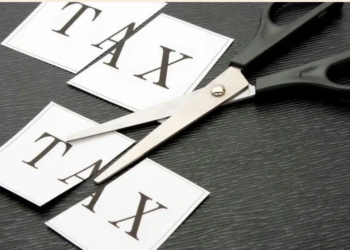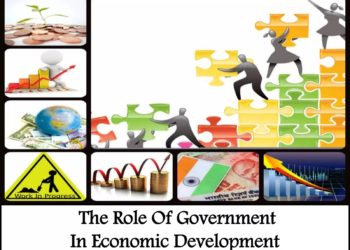The ACTSERV Pension Schemes Investment Performance Survey for Q2’2025 reveals a strong showing for Kenya’s segregated pension schemes, with the overall weighted average return at 6.6%. This matched performance in Q2’2024 and marked a dramatic recovery from the near-flat 0.1% recorded in Q2’2023. Over the year to June 2025, schemes posted a remarkable 30.0% return, more than double the 13.3% achieved in the same period in 2024.
Equities were the clear outperformers, delivering a stellar 21.5% gain in the quarter compared to just 0.3% in Q2’2024. Investor appetite was fueled by compelling valuations, strong earnings announcements, and sustained dividend payouts, supported by the continued accommodative monetary policy stance. Offshore allocations also came through strongly, recording a 13.1% return versus 1.6% in the same quarter last year. This was driven by global policy easing, healthy corporate performance in major markets, and easing trade tensions, even amid ongoing geopolitical risks.
Fixed income, long the cornerstone of pension portfolios, provided steady but softer returns of 4.0%albeit lower than the from 8.0% in Q2’2024. While falling yields boosted the value of existing bond holdings, they also lowered the rates available for reinvestment. This dynamic highlights the trade-off in fixed income during periods of monetary easing: stability is maintained, but upside is capped.
One striking observation from the quarter is that the heavy concentration in fixed income, which is over 80% of total assets, continues to anchor overall performance trends. This conservative allocation shields schemes from sharp volatility but also means that outsized gains in equities and offshore markets only partially filter into total portfolio returns. The schemes that leaned more into growth assets, particularly aggressive profiles, were able to capture a bigger share of the upside in Q2’2025.
Across size categories, schemes with over KES 2.0 bn in assets under management matched the industry average at 6.6% for the quarter. Smaller schemes lagged slightly at 5.0%, reflecting a greater tilt toward conservative asset mixes. Over the one-year horizon, all schemes returned between 25.0% and 31.0%, illustrating broad-based strength.
Looking ahead, the key takeaway from Q2’2025 is that market conditions are rewarding portfolios with balanced exposure. While fixed income will likely continue to play its defensive role, the quarter demonstrated the potential uplift that comes from calculated exposure to equities and offshore assets. Trustees and fund managers who diversify beyond the traditional fixed income-heavy structure stand a better chance of sustaining high real returns in the evolving interest rate and global investment climate.


















